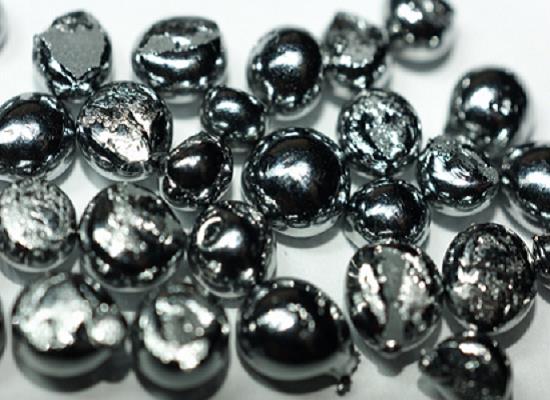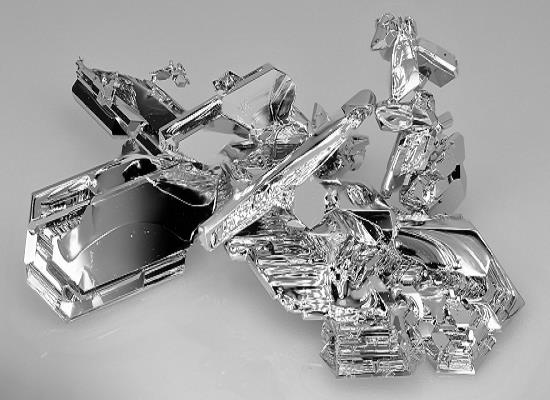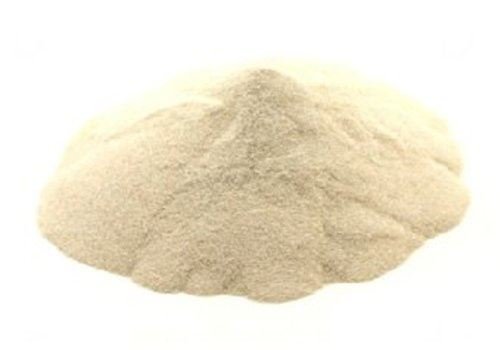Industrial uses of Ruthenium
Ruthenium is corrosion resistant to most strong minerals acids including hot aqua regia up to 100°C, but when potassium chlorate, KClO3, is added to the solution, it oxidizes explosively. Nevertheless, it does not tarnish in air at room temperature, but it oxidizes rapidly above 800°C, forming the unprotective volatile tetraoxide, RuO4. However, in oxygen-free atmosphere, ruthenium crucibles resist corrosion by molten alkali metals (i.e., Li, Na, and K) and group IB precious metals (i.e., Cu, Ag, and Au).
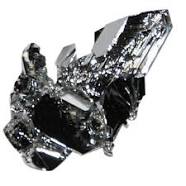
Natural occurrence
Ruthenium is an extremely rare element with an average abundance in the Earth’s crust of 0.0004 mg/kg (i.e., 0.4 ppb wt.). It is found in minerals such as osmiridium, laurite, and some platinum ores. History. Ruthenium was first isolated as a metal in 1844 by the German chemist Karl Karlovich Klaus, who obtained ruthenium from the part of crude osmiridium that is insoluble in aqua regia.
Nevertheless, it is possible that the Polish chemist Jedrzej A. Sniadecki had in fact isolated ruthenium from some platinum ores quite a bit earlier than this in 1807, but his work was not validated, apparently as he withdrew his claims. He called it vestium.
Industrial applications and uses
Ruthenium combines with platinum and palladium as an effective hardener, creating alloys that are extremely wear resistant to abrasion used to make electrical contacts. It also improves, by addition of 0.15–0.25 wt.%, several times the corrosion resistance of titanium alloys in hydrochloric acid (e.g., ASTM grades 13, 14, and 15). When combined with molybdenum it gives superconductive alloys.
Ruthenium dioxide, RuO2, with a rutile-type structure, is extensively used as anodic electrocatalyst for diminishing the overpotential of chlorine evolution in chloride brines. The oxide obtained by the thermal decomposition of a precursor is coated onto a titanium base metal plate. These composite anodes, Ti/TiO2-RuO2, owing to their low overvoltage, long service life, and mechanical stability, are called dimensionally stable anodes in comparison with graphite anodes.
They are commercially registered under the common acronym DSA®. Therefore, the RuO2-DSA® are extensively used in the chlor-alkali process. Moreover, ruthenium dioxide coated onto CdS particles in an aqueous suspension make it possible, under visible-light irradiation, to split hydrogen sulfide. This may have application in the removal of hydrogen sulfide from oil and in other industrial chemicals.
);You may like
Related articles And Qustion
Lastest Price from Ruthenium manufacturers
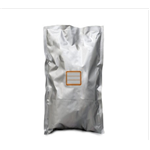
US $0.00/kg2022-09-21
- CAS:
- 7440-18-8
- Min. Order:
- 1kg
- Purity:
- 99%
- Supply Ability:
- 1000kg
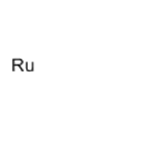
US $0.00-0.00/kg2022-09-17
- CAS:
- 7440-18-8
- Min. Order:
- 1kg
- Purity:
- 98%
- Supply Ability:
- 1Ton

